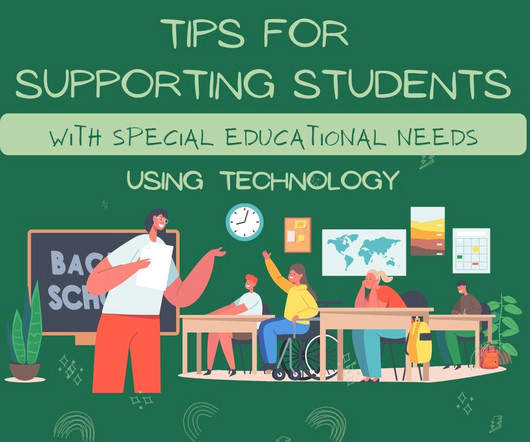7 ways AI will make a positive impact on classroom teaching
eSchool News
AUGUST 14, 2024
Teachers can’t slow down the lesson plans for the entire class to accommodate a few struggling students, and can’t provide individualized attention to all the students who need it to stay on track. Investors and entrepreneurs, politicians, and the public-at-large all finally started paying attention.













Let's personalize your content